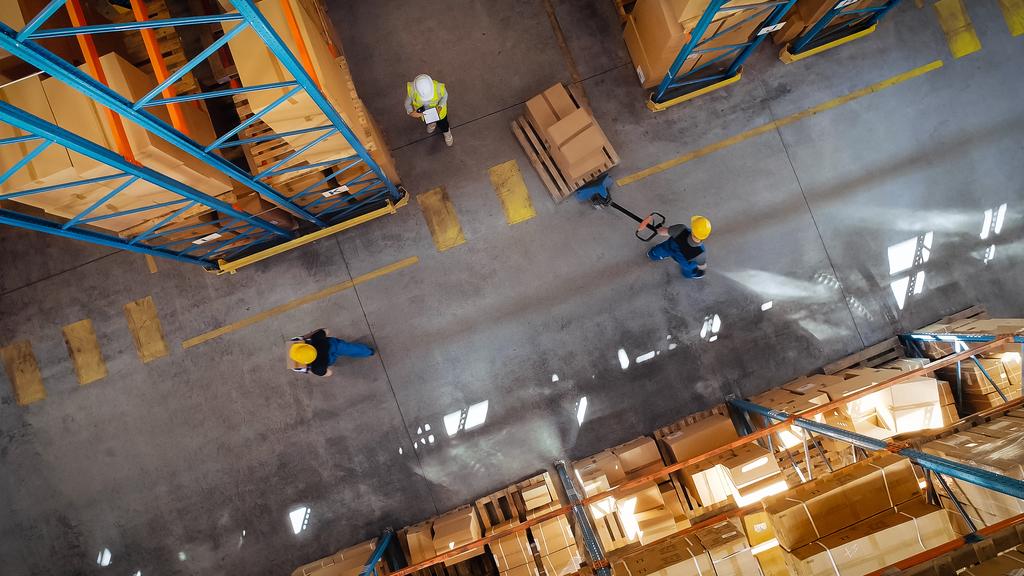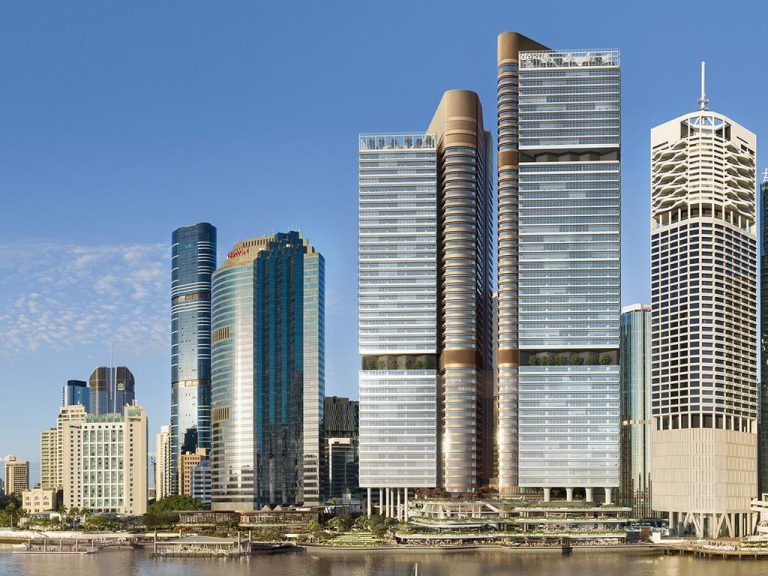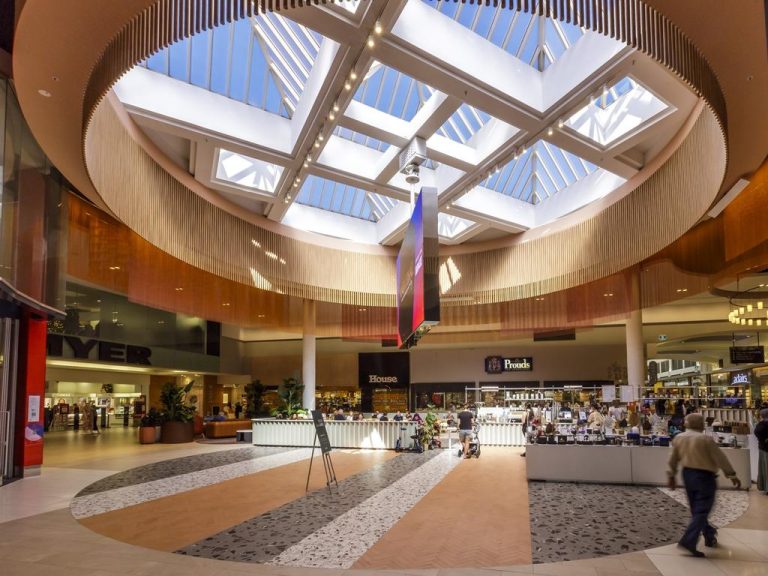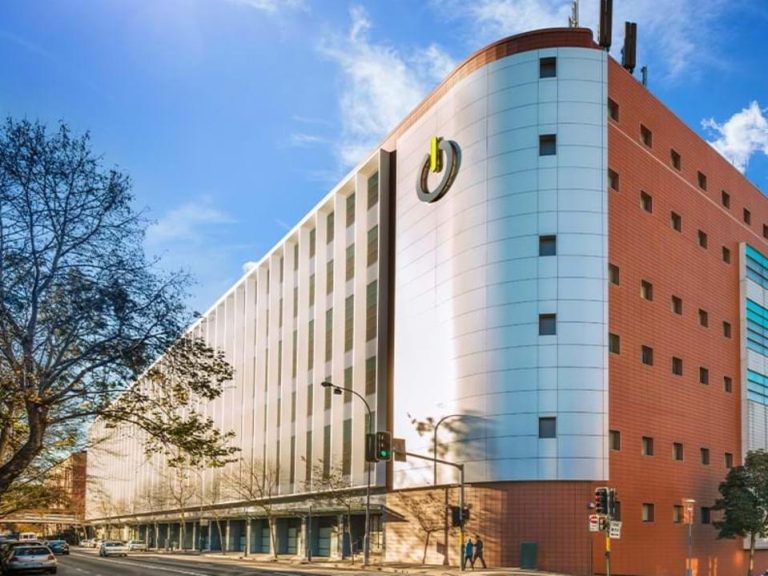Logistics rents hit by e-commerce slowdown

The future of Australia’s logistics sector is positive despite a recent slowdown in sales.
The once surging logistics and industrial real estate markets were hit by slowing face rental growth in the third quarter as elevated demand from third-party logistics providers spurred by e-commerce orders cooled down.
Real estate agency JLL found that effective rents fell by 1.8 per cent nationally, as incentives paid to tenants bumped up in most markets, hitting the first negative quarterly reading since March 2021.
JLL Research said face rental growth slowed to 0.9 per cent quarter-on-quarter, though annual growth remained strong at 12.5 per cent year-on-year.
“The logistics occupier market has changed substantially over the course of this year,”
said JLL head of logistics and industrial, Australia, Peter Blade.
“Third-party logistics companies are waiting to secure a particular contract before they commit to new facilities.
“Additionally, many are still right-sizing distribution networks down from elevated levels maintained over the last four years, in line with e-commerce demand normalising.
“Holding costs are likely to impact developers in markets where land values and land tax rates have increased substantially, and land tax bills have more than doubled. We expect this to increase the probability of developers pushing the go button for serviced sites with development approval, moving to construction phase without a precommitment.
“For these developers, success with this strategy will require getting asset size right to meet demand.”
JLL head of strategic research, Australia, Annabel McFarlane, said NAB’s Online Retail Sales Index showed Australia’s online penetration rate had increased again to 13.5 per cent in July from the trough recorded at 12.9 per cent in 2022.
“The world of online shopping is still growing as consumers have made it part of their daily lives and this bodes well for the long-term resilience of logistics occupier demand,” Ms McFarlane said.
“Notable right-sizing activity from large transport logistics occupiers has supported robust demand for existing space in the third quarter of 2024 which accounts for 64 per cent of all take-up volumes. These groups have absorbed some large tranches of sublease space in the Melbourne and Brisbane markets.”
The firm said occupier demand continued to rebound, as gross take-up increased again to 845,500sq m in the quarter, and it was up on first and second-quarter totals.
JLL recorded 71 occupier moves in the quarter – the highest reading for the year.
Third party logistics providers’ take-up increased to 301,000sq m, accounting for 37 per cent of all activity. However, behind the headline number activity, take-up volumes were above average in the quarter in all size cohorts, except 40,000sq m plus space, showing a big shift from strategic expansion to real estate activity based on contracts.
Key markets in Brisbane, Sydney and Melbourne recorded mixed net face rental growth, with solid gains in Sydney’s inner west (1.1 per cent q-q) and the outer southwest (1.7 per cent q-q) and Brisbane’s southern region (1.6 per cent q-q) and minimal growth in other east coast markets.
But effective rents edged lower as developers and landlords competed for tenants, and incentives increased.
Effective rents peaked in late 2023 in most markets and corrected by 4 per cent in Sydney’s outer central west; 4.4 per cent in Brisbane’s southern region; and 6.9 per cent in Melbourne west over the first nine months of this year.
Adelaide was a notable outlier in the quarter. Low space availabilities and limited supply pushed strong quarterly rental increases in nearly all precincts, ranging from 3.8 per cent quarter on quarter (northwest) and 6.2 per cent (outer south).







